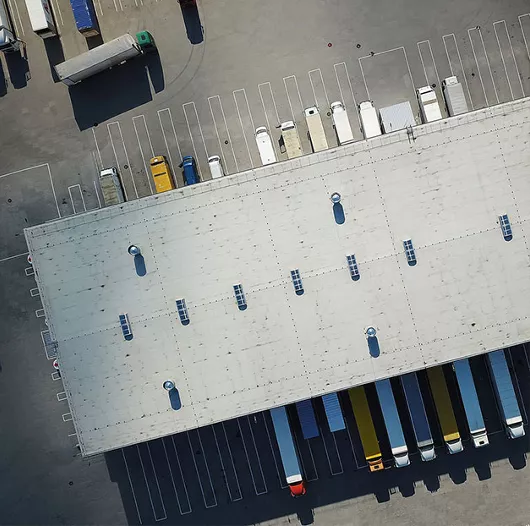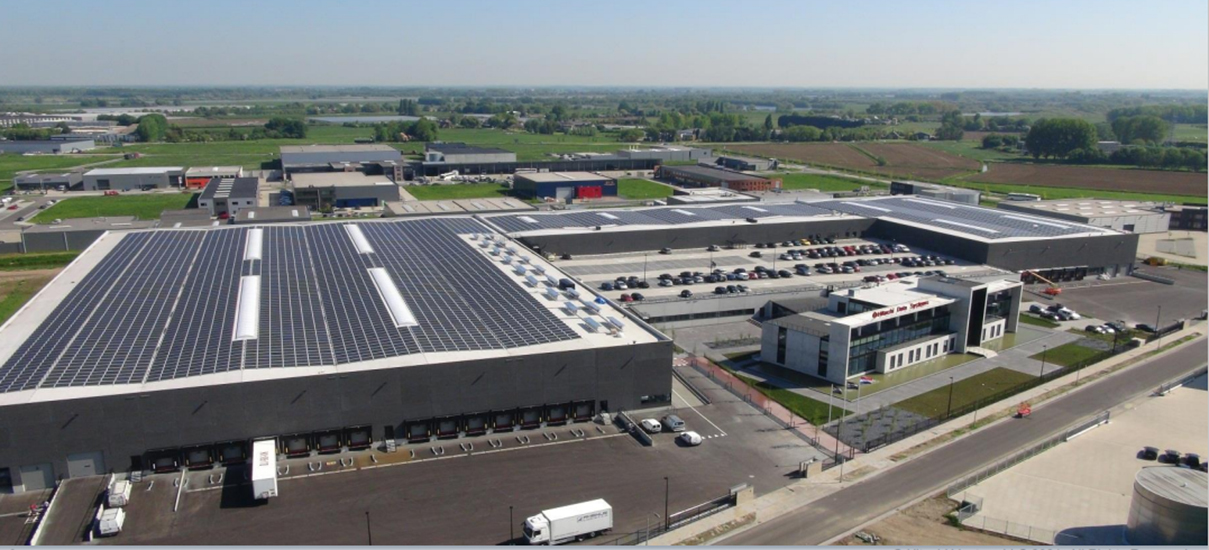The Business Case for Sustainable Supply Chains Is in the Data


Businesses and consumers are getting better at recognizing the direct carbon cost of the products they use. As such, we’re seeing an increased use of sustainable materials in consumer goods and global products. That is a big positive trend, but there’s a bigger picture to explore.
Value chains make up 90% of an organization’s environmental impact, according to the Carbon Trust. So, if companies and global communities are to make a real impact on the planet, digging deep into supply chains is a critical place to start. And the best strategy should involve being more transparent and data driven. What’s more, there’s an environmental and business case to do this.
Tapping into the big opportunity for positive change across value chains requires a collaborative approach: All stakeholders — including shareholders, suppliers, employees, and customers alike — must be willing to participate and tie together profit and positive action. Here’s the good news: Sustainable supply chains are top of mind for businesses. According to Gartner®, 84% of supply chain professionals plan to invest in climate adaptation and mitigation measures over the next 18 months.[i] There’s an increasing expectation among businesses that the sustainability conversation is taking place, particularly because it’s becoming a prerequisite for business relationships from the outset.
As businesses need to report more openly against sustainability targets, and it becomes a growing priority for employees and business leaders, making compromises is no longer acceptable. The conversations we’ve been having with our customers and partners at Hitachi Vantara indicate that they want to play a part in the move toward hitting decarbonization and net zero targets.
When firms can balance earnings and their impact on the environment, it serves everyone – not just their own shareholders. And it achieves the ultimate business goal: the double bottom line. To meet the double bottom line with sustainability, organizations must look at their value chain, both upstream (the supply chain) and downstream, such as the product use phase.
We undertook efforts to decarbonize parts of our own environmental footprint at Hitachi Vantara when we opened our European logistics distribution center, based in Zaltbommel, The Netherlands, in 2013. It was the largest unsubsidized solar project on a single building in the Netherlands, with 6,200 solar panels (17,000 square meters) on the roof of the building, with a capacity of 1.6 gigawatts. It was also the first building of its kind to limit the use of natural resources.

Hitachi Vantara’s European logistics distribution center is located in Zaltbommel, Netherlands.
We learned some simple, but significant strategies on our journey to becoming an energy-neutral logistics distribution center, and we hope these strategies can help other organizations.
Location Matters: Because the center is in Europe, it provides a more resource-efficient route to European, Middle Eastern and African markets, while also being able to deliver to markets all over the world. Choosing a facility location close to our workforce also reduced the environmental footprint of their work commute.

Deliveries of Hitachi Vantara racks to the European region contain only re-usable electrostatic discharge (ESD) safe bags and special designed re-usable Hitachi Transport units, virtually eliminating usage of packing materials.
Build for the Future: We knew building a sustainable facility not only was the right choice for our community, but that it would also align us with the future direction of Europe and its sustainability commitments. It’s always better to be ahead, rather than behind, the curve. Previously, Europe was served by a much smaller distribution center, limiting its ability to supply across the growing region. Consequently, through our new logistics distribution center, we’ve been able to increase the volume of products to be distributed across the region, while also placing sustainability as a priority.
Engage Your Value Chain: Hitachi Vantara’s global supply chain ecosystem not only drives the company’s sustainability initiatives, but it also helps our customers and partners do the same. Our distribution centers around the world follow reverse logistics processes to ensure all packaging material is returned to our factories in the USA and Japan for reuse when packaging new products. We consistently see this packaging being reused and returned multiple times. Notably, the number of ocean freight containers returned to the factories is between 15 and 20 containers, yearly. These solutions enable significant CO2 savings as the need for newly produced packaging material is reduced and more energy-efficient modes of transportation – such as rail or ocean freight – are used.
At our logistics distribution center, we wanted to promote circularity of materials – from packaging material to wastewater. The first step involved installing toilets that reuse rainwater. The next step—and the many subsequent steps thereafter—have required data. For example, we’ve introduced water usage monitoring to determine how water is used, detect leakage, and measure showers that use as little as 9 liters of water per minute. These solutions save nearly 500k liters of drinking water annually.
When making the business case for sustainability projects, data is an essential lever to demonstrate the double bottom line. Without sensors to automate processes and data to analyze and measure our footprint, we wouldn’t be able to achieve and quantify the benefits, including an estimated 1.78 million kilograms of CO2 emissions saved annually. This equates to greater CO2 savings than the emissions created by an airplane flying around the globe 400 times. Though our motivation was to reduce our carbon footprint and we would have embarked on these projects without financial benefits, reverse logistics packaging saves us more than $450,000 annually.
Additionally, data-driven dashboards also help us track our annual and monthly waste totals, giving us insight into the source of our waste and how effective we are at reducing it over time. Similar dashboards demonstrate how much power we generate from solar panels and what percentage of that we’re able to sell to the power grid. At a time when consumers have access to tools and information exposing businesses’ sustainability scores, data is essential to validating sustainability, securing BREEAM accreditation, or just making and proving the internal business case early and often.
Although there are a number of challenges to navigate when embracing sustainability in the supply chain, one of the biggest obstacles is the misconception that sustainability is expensive. It doesn’t have to be. In fact, when done right, it can lead to cost reductions. It does require proactivity and the ability to think differently. It may even require an initial investment to get a new initiative off the ground. But as we’ve seen in our own business and those of others we speak to, it’s worth investigating. In fact, it’s vital. Let’s work together, share best practices, and make our world — and our businesses — better.
Learn More About Hitachi + Sustainability
Maarten de Groot is Senior Operations Manager, European Logistics Distribution Center at Hitachi Vantara.
Achieving Sustainability at Hitachi European Distribution Center | Hitachi Vantara
[i] Gartner, 3 Sustainability Trends Shaping Supply Chains in 2021, as on 25th October 2021
GARTNER is a registered trademark and service mark of Gartner, Inc. and/or its affiliates in the U.S. and internationally and is used herein with permission. All rights reserved.
Maarten de Groot is Senior Operations Manager, European Logistics Distribution Center at Hitachi Vantara.